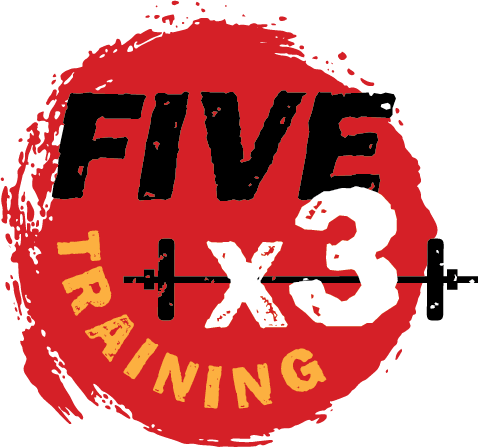Most of your reasons for not training are your best reasons to start training.
(Thanks to Dr. Jonathon Sullivan, Owner of Greysteel Strength and Conditioning,
and the Author of “The Barbell Prescription” for this content.)
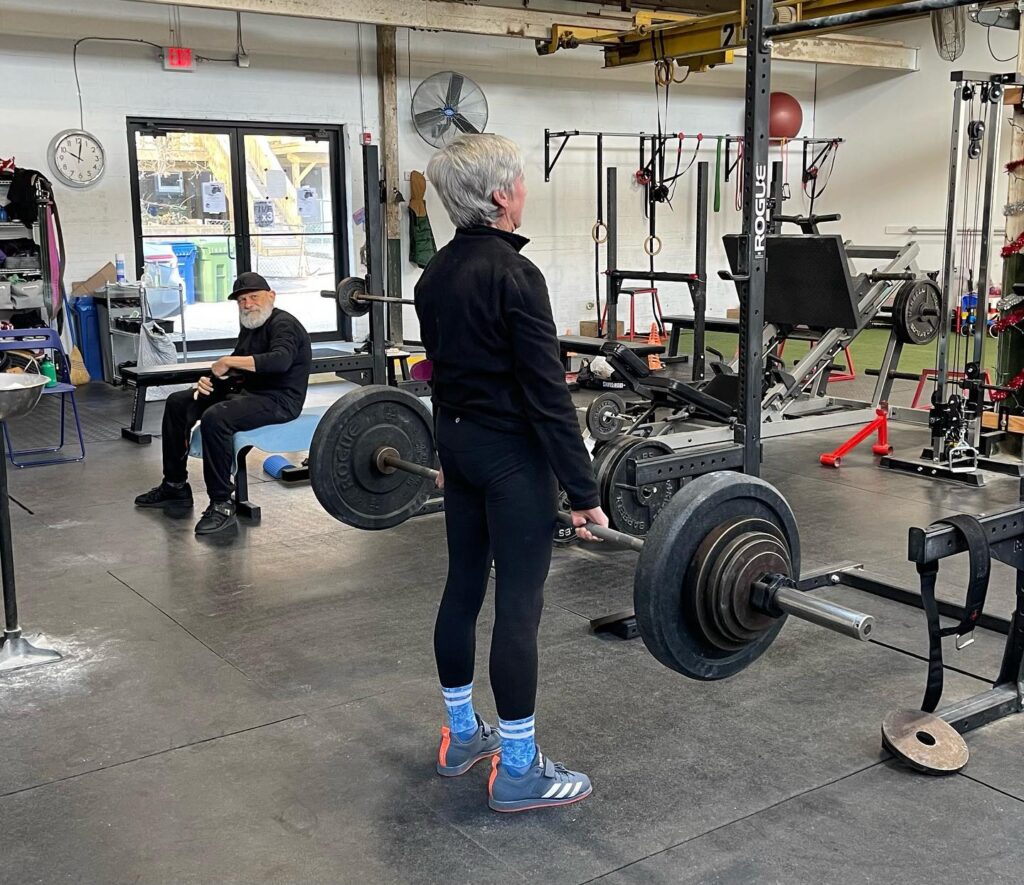
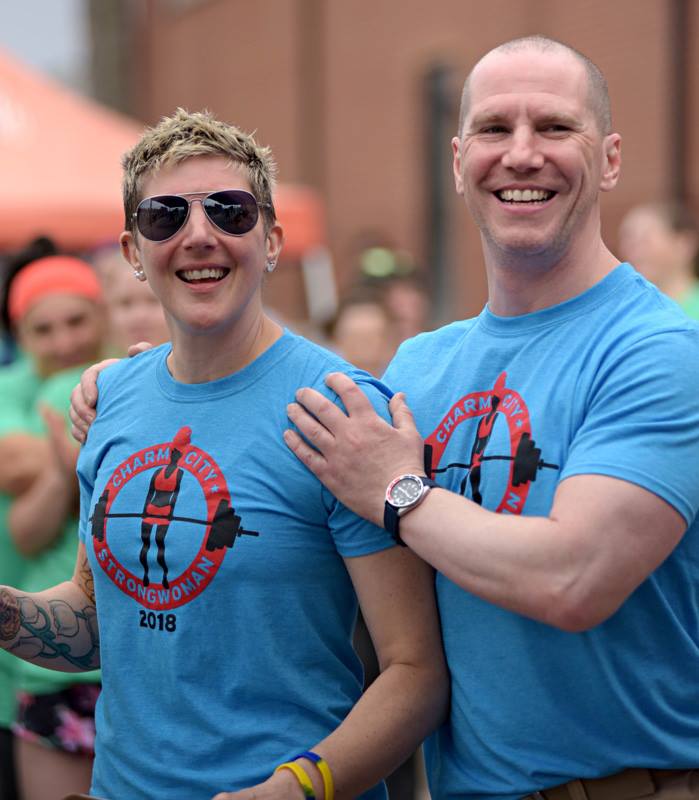
Part of my job is to produce helpful content for Athletes of Aging. That’s an imposing term, but it’s really very simple: Athletes of Aging are people who have chosen to approach the second half of life as an extreme sport, as a contest against time and entropy. Athletes of Aging train for the Arena of Life, and for reasons elaborated at length in the book The Barbell Prescription, that training is focused on strength. With barbells.
This training is simple in principle, difficult in execution by its very nature, and astonishingly effective. In fact, it is life-changing. It requires dedication, which can only come from the athlete. That’s on you.
But it also requires technical proficiency; a basic understanding of the underlying physiological, medical, and mechanical issues; monitoring and troubleshooting progress; keeping up to date on emerging trends, fads, and scams; and occasional doses of castigation, remonstration, and encouragement, in more-or-less equal measure.
That’s where I come in. I’m a coach.
Unlike most of our material, today’s essay is for those on the outside looking in.
Those wondering, “Can I do that?” or telling themselves, “I could never do that.” To you I say….
“Almost certainly, Yes You Can.”
There are always exceptions, but if you’re reading this, the odds that you can’t train are about the same as hitting the jackpot in tonight’s lottery.
Let’s run a quick test:
- You can read.
This isn’t a requirement, but we’ve found that it helps. - You’ve recognized the need to train.
Either you found us on your own, which means you know something needs to change, or someone who cares about you pointed you here. - You can walk.
I’m not talking Olympic racewalking here, just making it from the couch to the bathroom or the fridge. - You can pick something up.
If the remote or a popcorn bowl hits the floor, can you bend over and grab it? It doesn’t have to be graceful.
- You can read.
- You can stand from sitting.
Whether it’s a chair or the toilet, arms or no arms. - You can feed yourself.
If you can raise your hands to your face, you pass. - You can reach overhead.
Arms up, elbows straight, hands pointing to the ceiling, and a shrug for good measure. This one’s extra credit, not essential, but a great sign. - You can make it around the block.
At least once, without collapsing.
Looks like you might just be a candidate for strength training!
Do you have...
- Diabetes?
- High blood pressure?
- Heart disease?
- Asthma or COPD?
- A history of cancer?
- Back surgery?
- Obesity?
- Osteoporosis or spinal fractures?
- Arthritis or artificial joints?
- Chronic pain, fibromyalgia, neuropathy, or weakness from injury or stroke?
- Parkinson’s, MS, Crohn’s, ulcerative colitis, anxiety, or depression?
If your answer to any of these questions is “Yes”, then you are a perfect candidate for strength training. These conditions don’t rule out strength training, they make it more important.
Because being stronger makes living with them easier.
“But wait,” you say...
“I can walk, but not very far.”
“I can stand up, but only if I push with my arms.”
“I can pick something up off the floor, but it’s a struggle & I almost lose my balance.”
I believe you.
But here’s the truth: those aren’t reasons to avoid training, they’re the very reasons to start. Weak, unsteady, painful movement is still movement. And if you can move, we can make you stronger.
The Barbell Prescription doesn’t necessarily start with barbells, but it always starts with movement. More precisely, it starts with loaded movement. We start with you, and load the movements you have.
Let’s say you walk in with fibromyalgia, osteoporosis, high blood pressure, obesity, diabetes, arthritis, stiff shoulders, and a heavy dose of doubt. The fact that you showed up took courage. I see that, and we’re going to put it to work.
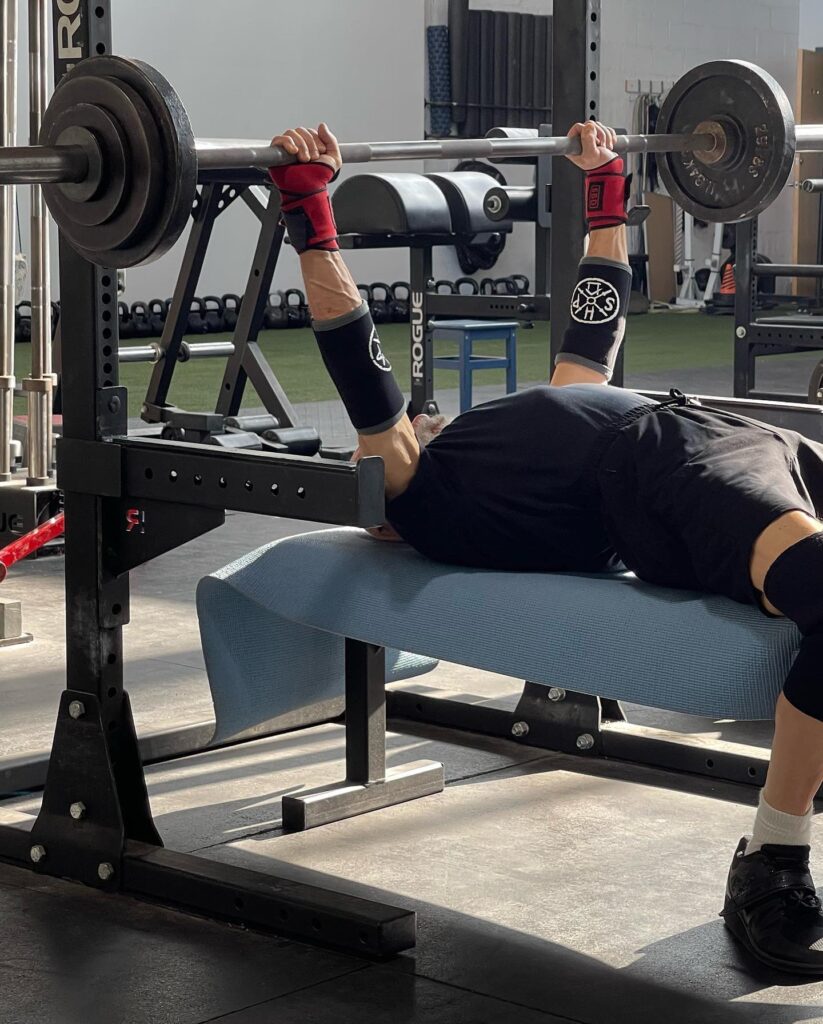
Let’s get started.
Here’s a bench, about as high as a chair. Sit down. Take my hands to steady and assist you. Now stand up.
Sit down. Stand up. Sit down. Yes, this is hard, that’s why we do it.
Let’s do a set of five. Rest four minutes. Now let’s do another set of five. Rest again. Now take my hands and let’s do another set of five.
Congratulations! you just did your first squats!
Now we pick up a five-pound bar. Curl it, five reps. Rest. Repeat. That’s your first upper-body strength work.
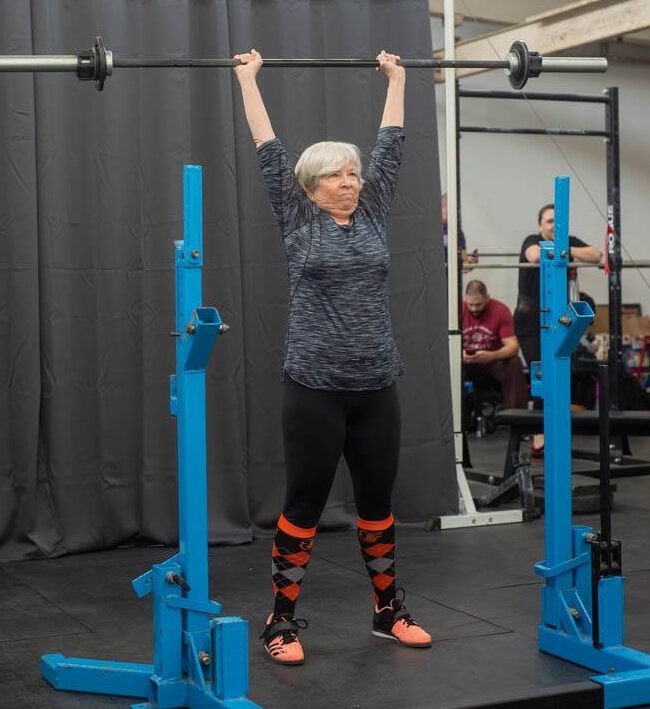
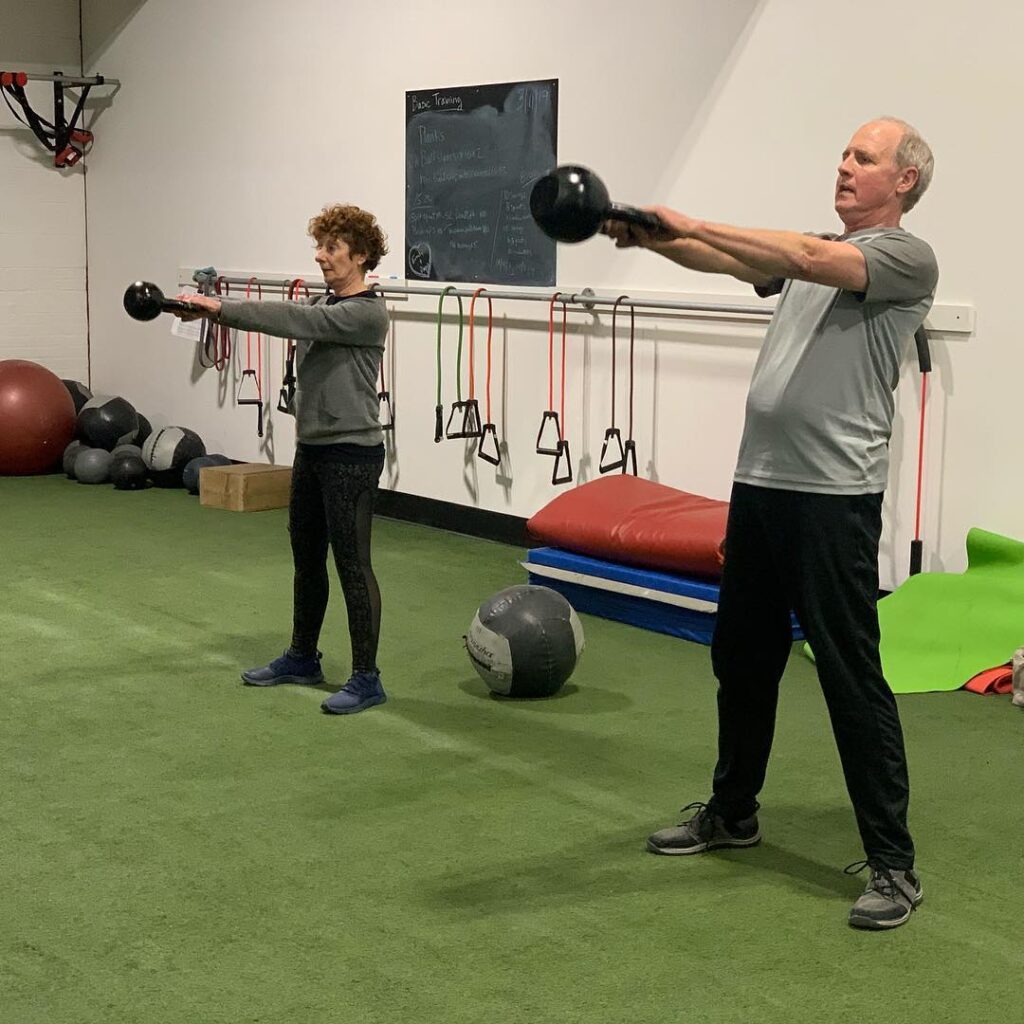
Next, a five-pound kettlebell, raised up so you can grab it without strain. Pick it up, stand tall, set it down. Repeat. That’s your first deadlift.
You’ve completed your first workout!
Next, we clean our equipment and log all of your work in a composition book, because every rep counts.
Then go home and eat something high in protein, fiber, and complex carbs. A roast beef sandwich on whole wheat? Sounds nice. Scrambled eggs, ham, and an apple? Perfect. Yogurt and granola? Yum!
You will be sore tomorrow and following day. That’s normal, and that’s why they make Tylenol. Tonight, try to get eight hours of sleep, and on both days, go for a walk. Especially if you’re sore. Around the block, the yard, or even just around the couch, whatever you can do, but you must walk.
In a few days, you’re back here, doing the same workout. Only a little heavier, a little stronger. That’s training.
Training works because it’s progressive, more weight, more skill, and more confidence over time. One day, you’ll look back and realize you’ve changed: you’ve become stronger.
So… think you can’t?
Yes. Yes, you can.
Check Our Master Athletes at Work
